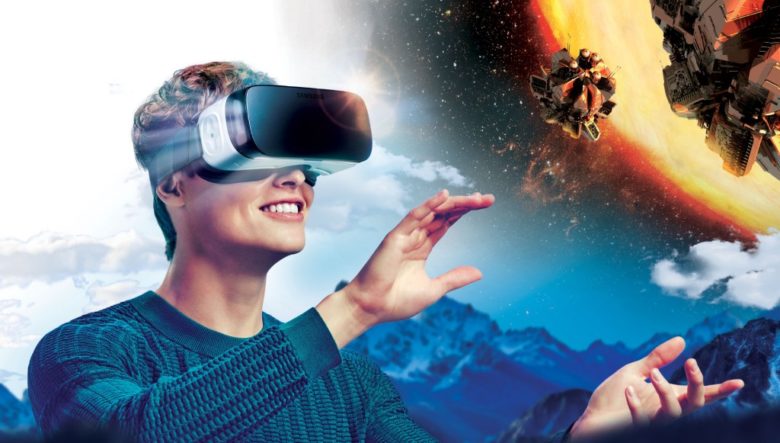Definition:
Virtual reality has been notoriously difficult to define over the years. Many people take “virtual” to mean fake or unreal, and “reality” to refer to the real world. This results in an oxymoron. The actual definition of virtual, however, is “to have the effect of being such without actually being such”. The definition of “reality” is “the property of being real”, and one of the definitions of “real” is “to have concrete existence”. Using these definitions “virtual reality” means “to have the effect of concrete existence without actually having concrete existence”, which is exactly the effect achieved in a good virtual reality system. There is no requirement that the virtual environment match the real world
Virtual reality is the use of computer technology to create the effect of an interactive three-dimensional world in which the objects have a sense of spatial presence.
In this definition, “spatial presence” means that the objects in the environment effectively have a location in three-dimensional space relative to and independent of your position. Note that this is an effect, not an illusion. The basic idea is to present the correct cues to your perceptual and cognitive system so that your brain interprets those cues as objects “out there” in the three-dimensional world. These cues have been surprisingly simple to provide using computer graphics: simply render a three-dimensional object (in stereo) from a point of view which matches the positions of your eyes as you move about. If the objects in the environment interact with you then the effect of spatial presence is greatly heightened. Note also that we do not require that the virtual reality experience be “immersive”. While for some applications the sense of immersion is highly desirable, we do not feel that it is required for virtual reality.



